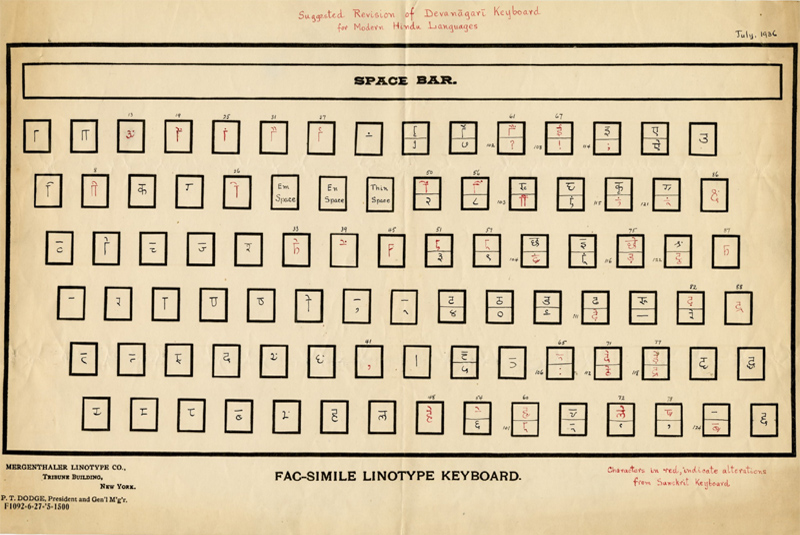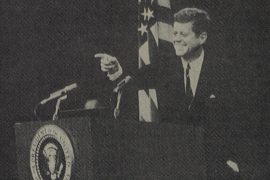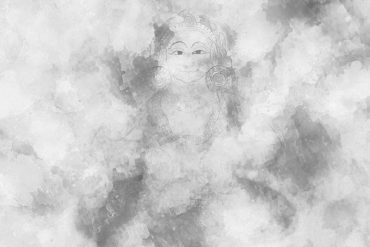In 1937, Brooklyn-based Indian Hari Govind Govil patented a “typeface” for a linotype machine that adapted the complex Devanagari script to make it compatible for use in a printing press. His ‘invention’ would lead to a radical change in South Asia’s growing book and newspaper printing industry.
The font he devised “broke” several Devanagari characters, as shaped by vowels and consonants used independently or in conjunction with each other. The scale of his achievement is evident from the fact that Govil and his collaborators adapted nearly a thousand characters in the Devanagari script to fit into a 90-key linotype matrix. This font, when placed in a Mergenthaler (the manufacturing company) linotype machine, could be used for languages—Hindi, Marathi, Gujarati, Avadhi and others—that used the Devanagari script.

Govil was then 37 years old. Fourteen years ago, a portrait of Govil then aged 23, earned for the artist Albert Sterner considerable recognition in the US. The ‘three chalk’ portrait showed Govil in a turban, and focused in detail on his features, evoking comparisons of Sterner’s style with the early 16th-century British artist, Hans Holbein the Younger.
-30-
Copyright©Madras Courier, All Rights Reserved. You may share using our article tools. Please don't cut articles from madrascourier.com and redistribute by email, post to the web, mobile phone or social media.Please send in your feed back and comments to editor@madrascourier.com











